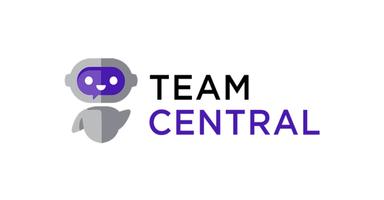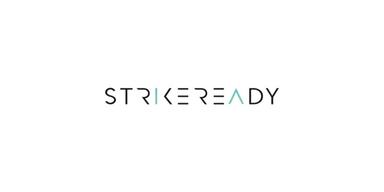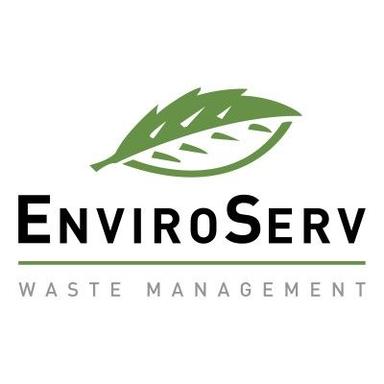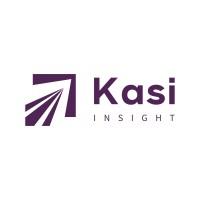WHO Endorses Twice-Yearly HIV Prevention Injection in Landmark Move
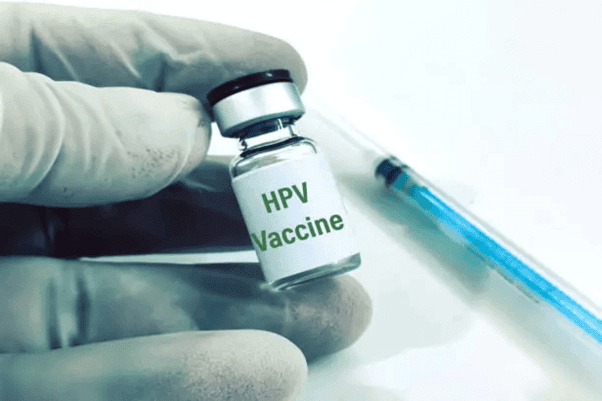
The World Health Organization (WHO) has issued new guidelines recommending injectable lenacapavir (LEN) as a twice-yearly pre-exposure prophylaxis (PrEP) option for preventing HIV. This announcement was made at the 13th International AIDS Society Conference (IAS 2025) in Kigali, Rwanda. It marks a significant policy shift in the fight against HIV, introducing the first long-acting injectable to be administered just two times a year for those at risk of infection.
What Makes Lenacapavir Unique
Lenacapavir (LEN) offers a revolutionary alternative to daily oral pills and short-acting PrEP methods. With only two injections per year, LEN simplifies HIV prevention, especially for individuals who face challenges with daily medication, deal with stigma, or have limited access to regular healthcare.
Dr. Tedros Adhanom Ghebreyesus, WHO Director-General, called LEN the “next best thing” to an HIV vaccine, stating it has been highly effective in trials, preventing nearly all new HIV infections among at-risk groups. He emphasized WHO’s dedication to making this innovation available quickly and safely worldwide.
Addressing an Urgent Need
The timing of these guidelines is crucial. 1.3 million new HIV infections occurred globally in 2024, with the hardest hit being key and priority populations such as sex workers, men who have sex with men, transgender people, people who inject drugs, people in prisons, and children and adolescents. LEN is expected to expand prevention choices and give individuals more control over their health.
Easier Access Through Simplified Testing
WHO is also removing a major barrier to long-acting PrEP access by recommending the use of HIV rapid tests. This simplified testing approach replaces complex and expensive procedures, allowing community-based distribution of LEN through clinics, pharmacies, and even telehealth services.
Call for Global Implementation
LEN joins other WHO-endorsed prevention tools, including oral PrEP, injectable cabotegravir (CAB-LA), and the dapivirine vaginal ring. Although currently limited outside of clinical trials, WHO is urging governments and global health organizations to begin national rollouts, while collecting essential data on real-world usage and effectiveness.
Expanded Guidelines on Treatment and Integration
At IAS 2025, WHO also updated its treatment guidelines to include injectable cabotegravir and rilpivirine (CAB/RPV) as a switch option for people with suppressed viral loads who do not have hepatitis B. This helps individuals who struggle with adherence to daily oral ART.
WHO further recommends integrating HIV services with care for noncommunicable diseases such as diabetes, hypertension, and mental health conditions. It also updated STI screening guidance for gonorrhoea and chlamydia, especially in high-risk populations.
For individuals with HIV and mpox, WHO now strongly advises rapid ART initiation and early testing, with standardized procedures ensuring all suspected mpox cases are tested for HIV and syphilis.
A Call to Sustain HIV Services Amid Funding Decline
WHO has released new operational guidance to help countries sustain HIV services despite declining global health funding. The framework provides steps to prioritize critical services, monitor disruptions, and adapt systems to maintain progress.
Dr. Meg Doherty, WHO’s Director of Global HIV, Hepatitis and STI Programmes, called for bold, equity-based implementation. “We have the tools to end AIDS as a public health issue,” she said, “but we need action powered by communities.”
By the end of 2024, 40.8 million people were living with HIV, with 31.6 million receiving treatment. 630,000 people died from HIV-related causes, and 120,000 new infections occurred in children. The WHO’s updated strategies aim to turn the tide with smarter, simplified, and equitable solutions.
Business News
How Fashionphile Founder Built a Luxury Resale Empire from eBay to Millions
How Executives Can De-Risk Payment Operations in Regulated Industries
Why Your Engine Air Filter Plays a Bigger Role Than You Think
Phoebe Gates-Backed Startup Secures US$30 Million Investment to Fuel AI Shopping Platform
Anthropic’s AI Bubble Warning: A Call for Caution in the Hype-Driven Race





